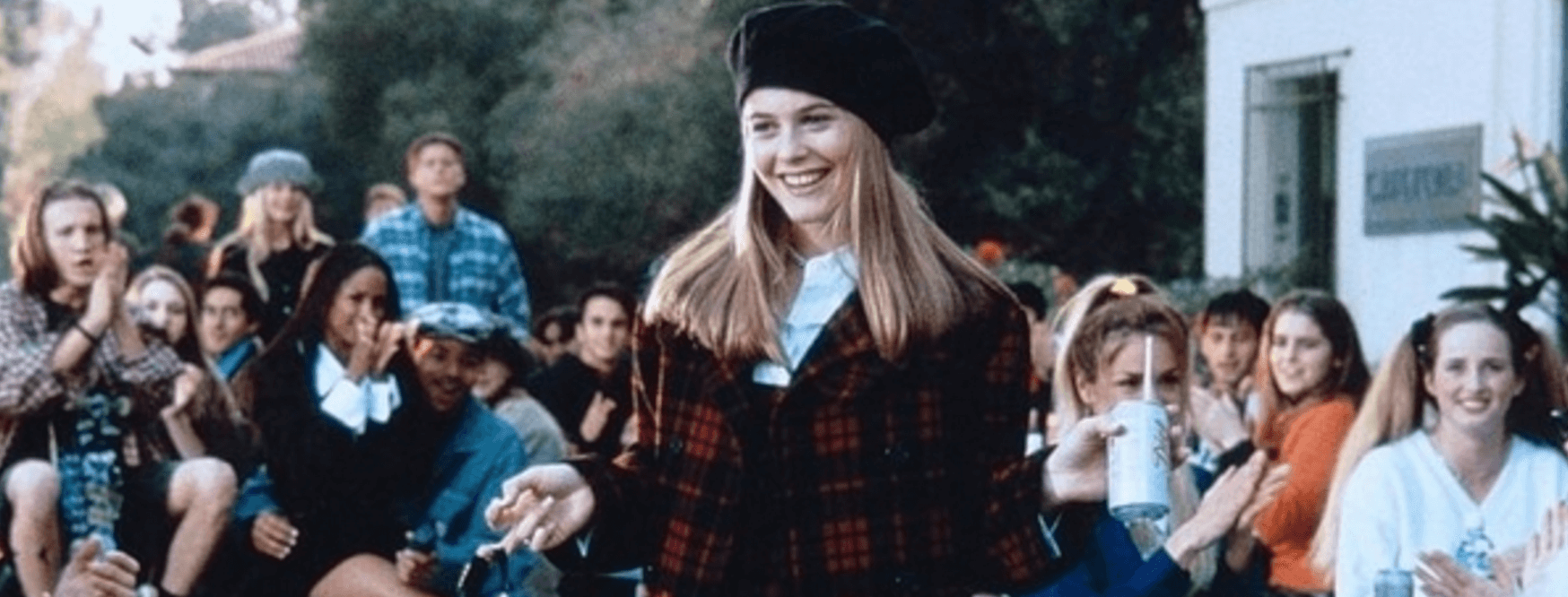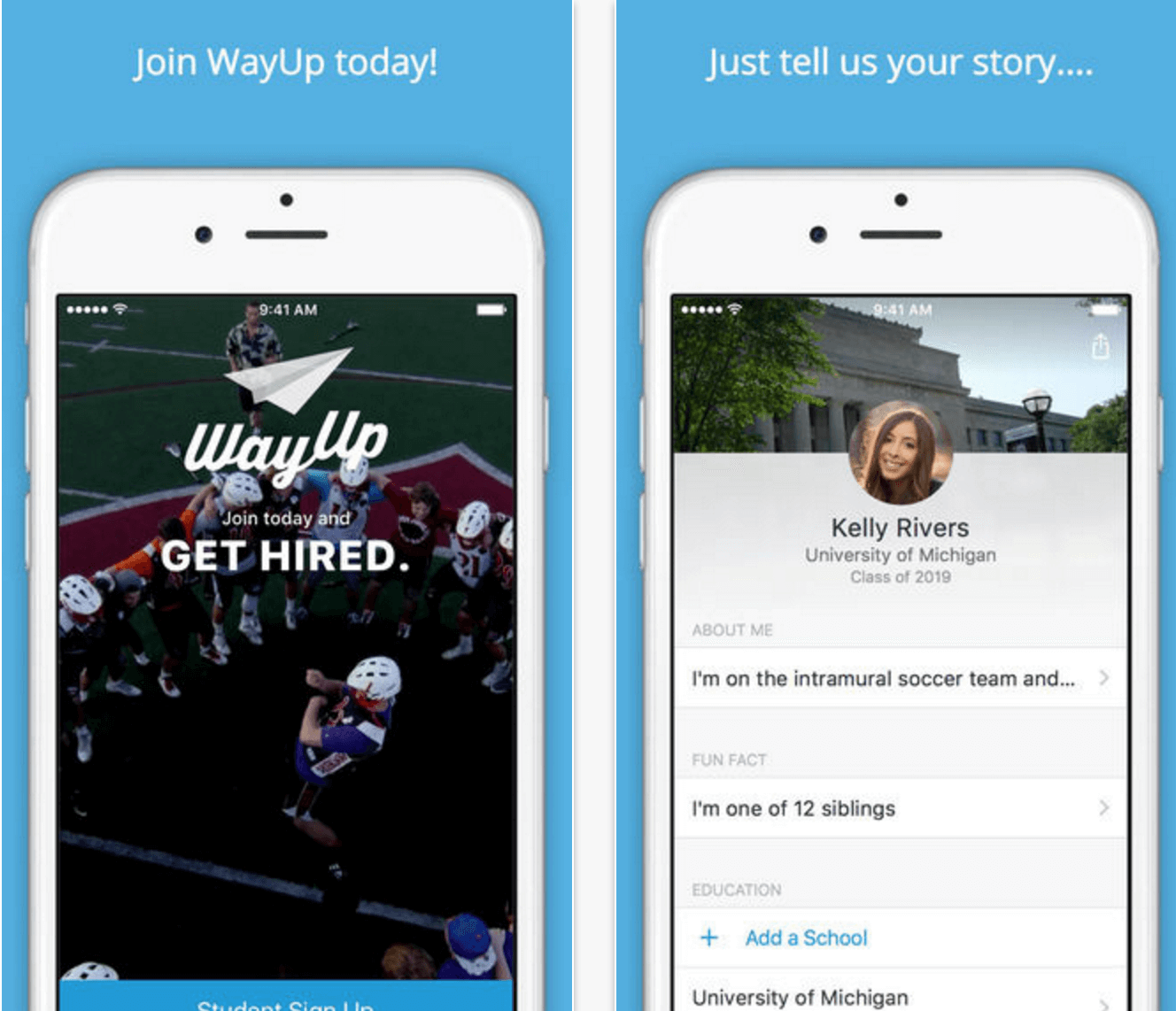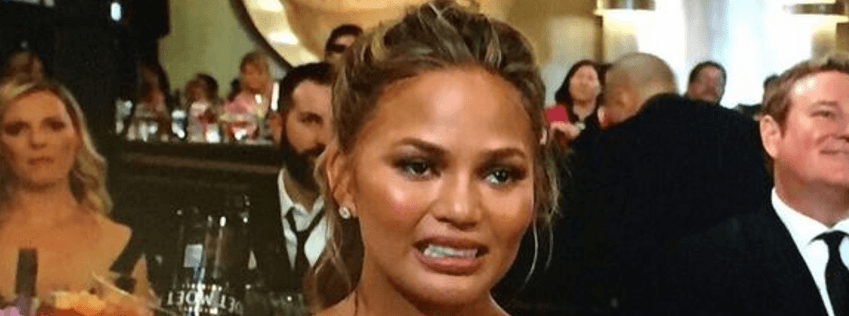Spring semester is the time to start fresh. If you want to make some extra cash and be the cool kid on campus, then get your job applications ready: these college student jobs will impress your friends and up your street cred ;).

Budweiser College Brand Ambassador
Are you up for whatever? If so, you’ll love repping one of the largest alcohol brands in the world. Anheuser-Busch is looking for students who are ready to roll up their sleeves and market Budweiser and Bud Light on campus. Not only will candidates help to execute 6 product tastings and organize two large-scale events next semester (all your friends will be clamoring for an invite to one of these!), but also they will play a critical role in connecting with the brand’s customers.
This job pays up to $240/week and is only for our students of drinking age!
Do your friends need jobs? Guess what – your new job will help them get jobs. As a WayUp Campus Rep you’ll encourage students on your campus to sign up and apply for the cool opportunities on our site! After all, what’s better than providing your job-seeking friends with a real solution that will make their lives easier and put money in the bank?
This job has unlimited earning potential – so if you hustle to get as many people signed up as possible, you’ll be rewarded big time.
Front of Desk Staff at SoulCycle
Love fitness? Love music? Love cycling in the best combination of a gym and a dance club all in one? As Front of Desk Staff at SoulCycle, located in Boston, you’ll get to meet and greet people who love getting in shape. You’ll help to promote the SoulCycle culture, ensuring that they have a great customer service experience. Plus you’ll be able to inspire and encourage all your friends to get healthy by recruiting them to come to classes.
We have so many more college student jobs like these on our site, so make sure to apply today! Who’s ready to be on their way up next year?






















 Noooooo!!
Noooooo!!




 The following are some of the tips and tricks that we used to make us successful. Hopefully, they will work for you as well!
The following are some of the tips and tricks that we used to make us successful. Hopefully, they will work for you as well!



